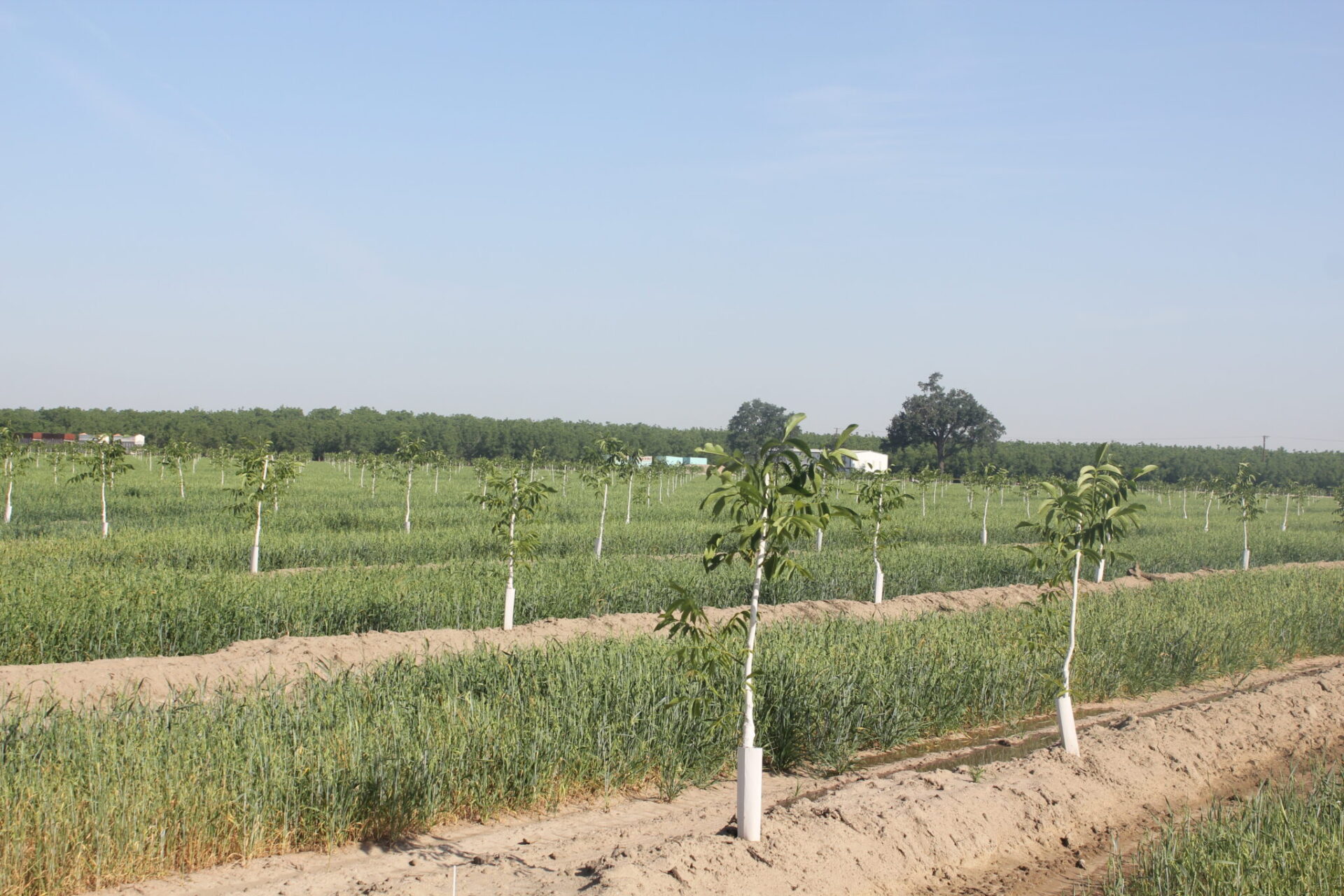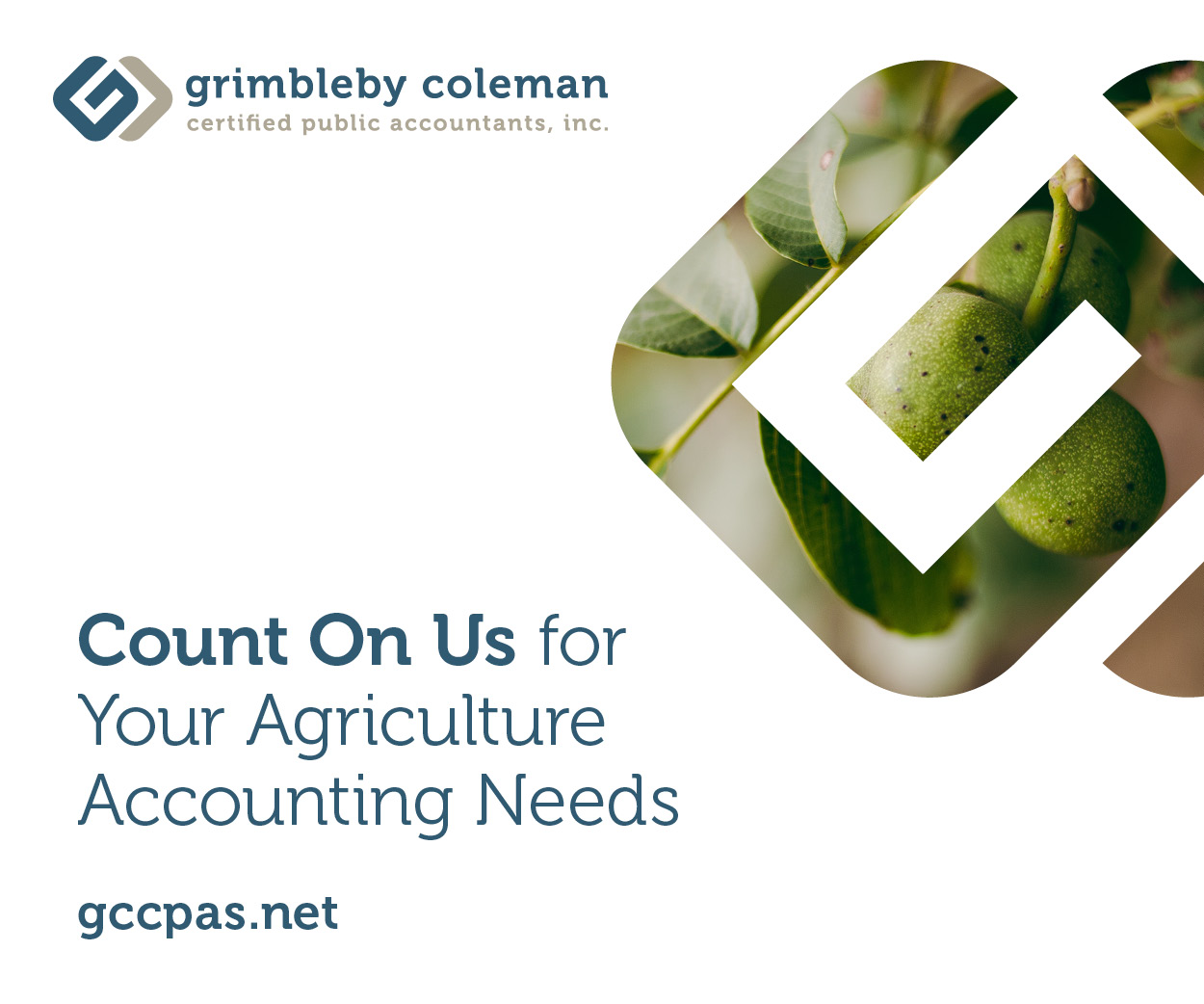Age and health of trees in a walnut orchard are primary factors in a decision to pull out and replant new trees.
Luke Milliron, UCCE orchard farm advisor in Butte, Glenn and Tehama counties, said he sees growers pull out older walnut orchards in the face of diminishing returns. Low production due to advanced age of an orchard and lower nut prices are reason growers look ahead to plan for a new orchard.
Overall orchard health or the number of missing trees in the orchard are also factors in orchard removal decisions. Replanting individual trees in a mature orchard depends on the light availability for them to thrive and determining the cause of previous tree death. If there are numerous weak trees in a mature orchard, it may not make sense to replant individual trees given the short window remaining in the orchard’s life.
Before pulling out an orchard growers should determine why the orchard has lost production. UCCE’s Sac Valley Orchards website recommends the following steps in orchard removal decisions. Once diagnosis of orchard decline is determined, the potential to carry the problem into a new orchard must be assessed. When moving forward with the actual removal, roots of the old orchard must be killed. If walnuts will be planted following walnuts, the UC best practice is to paint Garlon® on the stumps immediately following tree felling in October or November and then leave stumps for 60 days. Using herbicide to kill the roots in this way helps reduce nematode pressure for the following walnut planting.
There is a range of management choices for the orchard site after tree removal, including use of an interim crop to dry down deep soil moisture to help with the efficacy of soil fumigation. The initial recommendation is to wait a full growing season before replanting walnuts.
Milliron said when growers move to replant the orchard site, the variety and rootstocks they choose depends on their production volume. Larger growers, he said, who already have Chandler orchards may choose to plant other varieties like Solano or Durham to spread out harvest and other management chores. Smaller growers, he said, are often choosing Chandler due to its production. As for rootstock selection, Milliron said many growers are choosing clonal rootstocks instead of paradox seedling rootstocks. One of the significant advantages of the clonal rootstocks is that they generally produce orchards with much less crown gall.
It is interesting, he noted, that UCCE’s California walnut production cost studies from the 1950s and 60s set expected life span of a productive orchard at 50 to 75 years. Current studies now estimate the life span of a productive walnut orchard at 25 to 30 years.
For more information from UCCE on tree and orchard replanting considerations and best practices, see sacvalleyorchards.com/walnuts/cost-and-expense-considerations/replanting/.

















